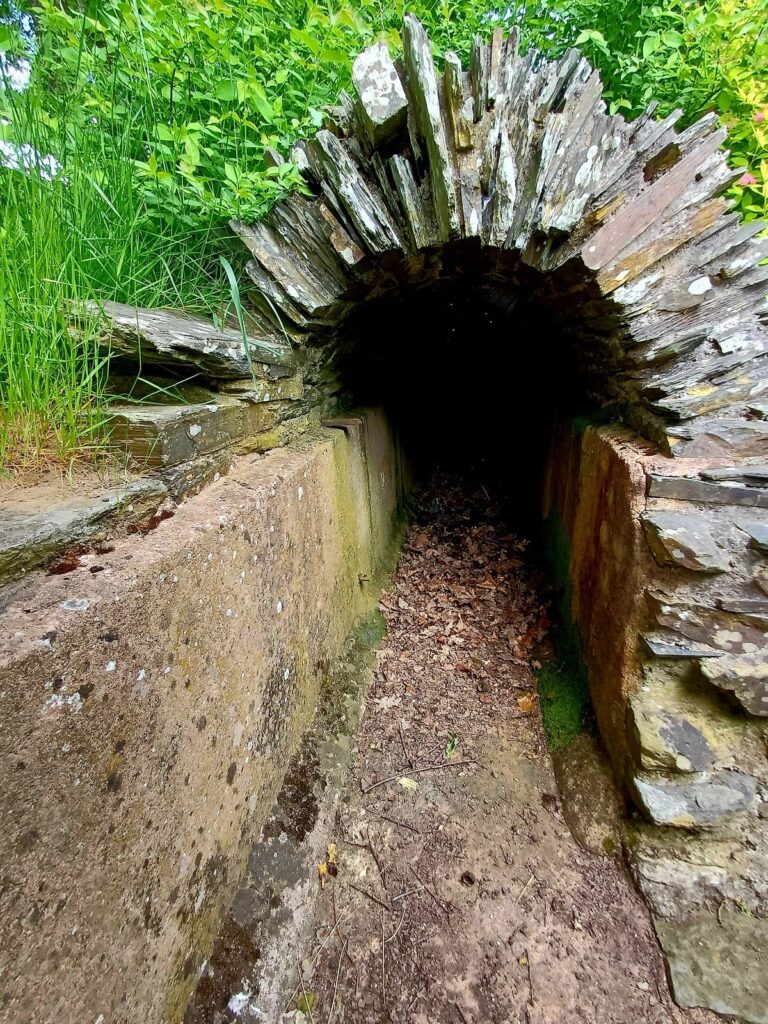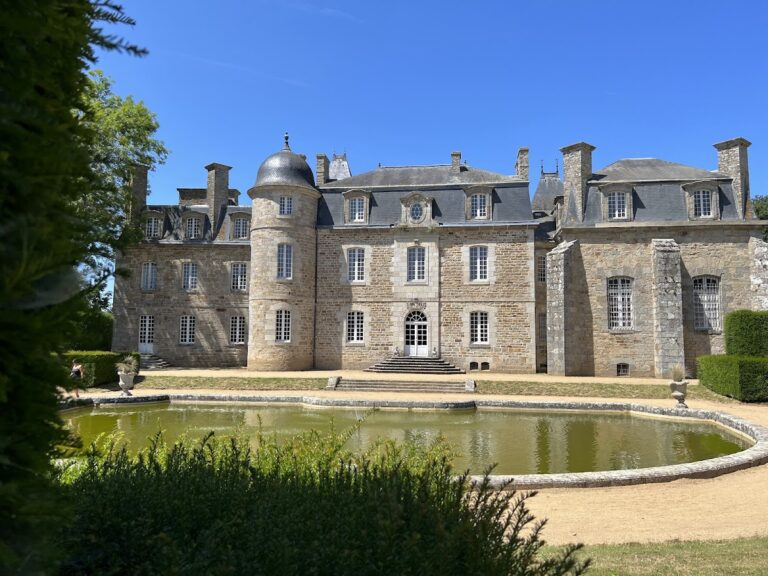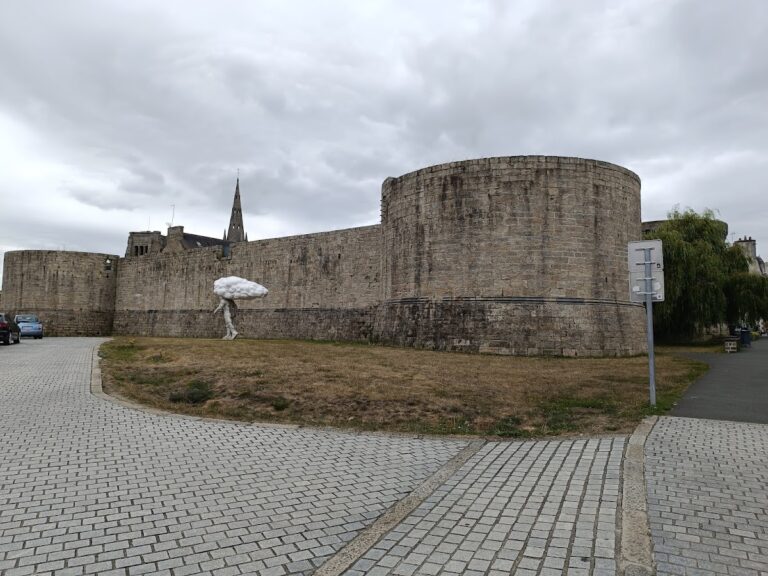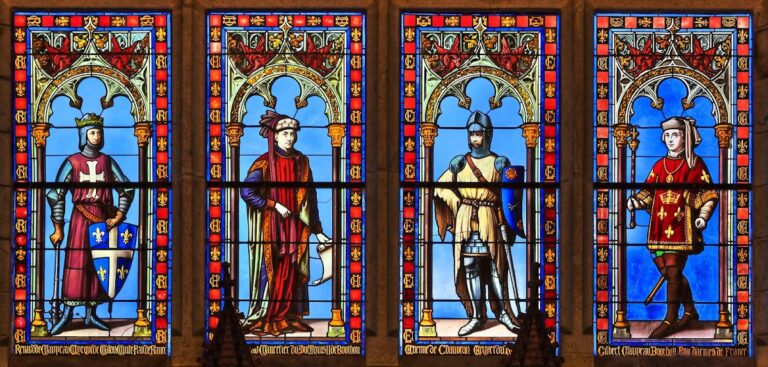Vorgium: The Roman Capital of the Osismii in Brittany, France
Visitor Information
Google Rating: 4.4
Popularity: Low
Google Maps: View on Google Maps
Official Website: www.vorgium.bzh
Country: France
Civilization: Roman
Remains: Museum
History
Vorgium was located in what is now Carhaix-Plouguer, in the Finistère department of Brittany, France. It was established within the territory of the Osismii, a Gaulish tribe inhabiting the western part of the Breton peninsula. The site shows human presence dating back to the 4th century BCE, but the city itself was founded under Roman administration, likely due to its central position and a suitable plateau for urban development.
The city appears in Roman sources from the 2nd century CE, including the Peutinger Table and Ptolemy’s Geography, where it is named Vorgium or Vorganium. It served as the capital of the Osismii civitas, an administrative district under Roman rule. The exact date of its foundation is unknown, but it was deliberately planned by Roman authorities to organize the local population and control the region.
Vorgium reached its largest extent in the first half of the 3rd century CE, covering about 130 hectares. At this time, it was the largest city in Brittany, surpassing other regional centers such as Condate (modern Rennes) and Fanum Martis (Corseul). The city was connected by at least eight Roman roads radiating outward, linking it to important locations like Tours, Angers, and Aber-Wrac’h.
In the late 3rd century CE, two coin hoards were buried in the city, likely reflecting economic difficulties during this period. The aqueduct that supplied water to Vorgium was abandoned in the 4th century, and a large residential building, or domus, dating from the same century was also deserted by the late 4th century. During the 4th and 5th centuries, the city’s name changed to Othysmus or Civitas Osismorum.
The absence of late Roman fortifications suggests a decline in the city’s importance during this time. Coastal centers better suited to defend against pirate attacks may have taken over regional prominence. By the end of antiquity, Vorgium’s urban life had diminished significantly.
In 2000, a protective archaeological reserve was created on the southwest edge of modern Carhaix to preserve the ruins uncovered there. This area is now managed by the Finistère departmental council.
Remains
Vorgium’s urban layout reflects typical Roman city planning, with a network of streets intersecting at right angles. The main north-south and east-west streets, known as the cardo and decumanus, are identified near the modern intersection of Brizeux and G.-Lambert streets. The city included public buildings such as a forum, baths, temples, and an artisan quarter.
A fanum, a type of Gallo-Roman temple, was discovered at Kerdaniel. In 2004, excavations at the Champ de Foire revealed a monumental staircase, possibly part of Roman baths. These baths would have served as social and hygienic centers for the inhabitants.
Two aqueducts supplied water to Vorgium. The first, built in the second half of the 1st century CE, brought water from a stream 11 kilometers away. It included a 1-kilometer-long aqueduct bridge standing 14 meters high at the city entrance. This aqueduct combined wooden pipes fastened with iron plates and masonry sections to carry water to a reservoir on a hilltop.
The second aqueduct, constructed in the late 2nd century CE, extended about 27 kilometers from the Paule and Glomel areas. It followed a winding path with a gentle slope, featuring advanced engineering such as a 900-meter tunnel bored 25 meters deep through schist rock. Vertical shafts spaced between 20 and 44 meters allowed workers to remove debris during construction. Near Kerampest, a 900-meter-long aqueduct bridge 13 meters high carried the water channel.
The aqueduct channels were built of masonry coated with pink tile mortar mixed with crushed tile fragments to ensure waterproofing. They were covered by schist slabs topped with a thin layer of soil, allowing maintenance access while protecting the structure.
Excavations uncovered Roman architectural remains adapted to a small city scale, including public buildings and a large domus from the 4th century. This domus was abandoned by the late 4th century.
A decorated Gallo-Roman vase dating between 180 and 250 CE was found in Carhaix-Plouguer. It features warrior motifs, the god Bacchus, and vine leaves.
Today, many of these remains survive in fragmentary form within the archaeological reserve established to protect them. The site offers valuable insight into Roman urban life in western Gaul.










